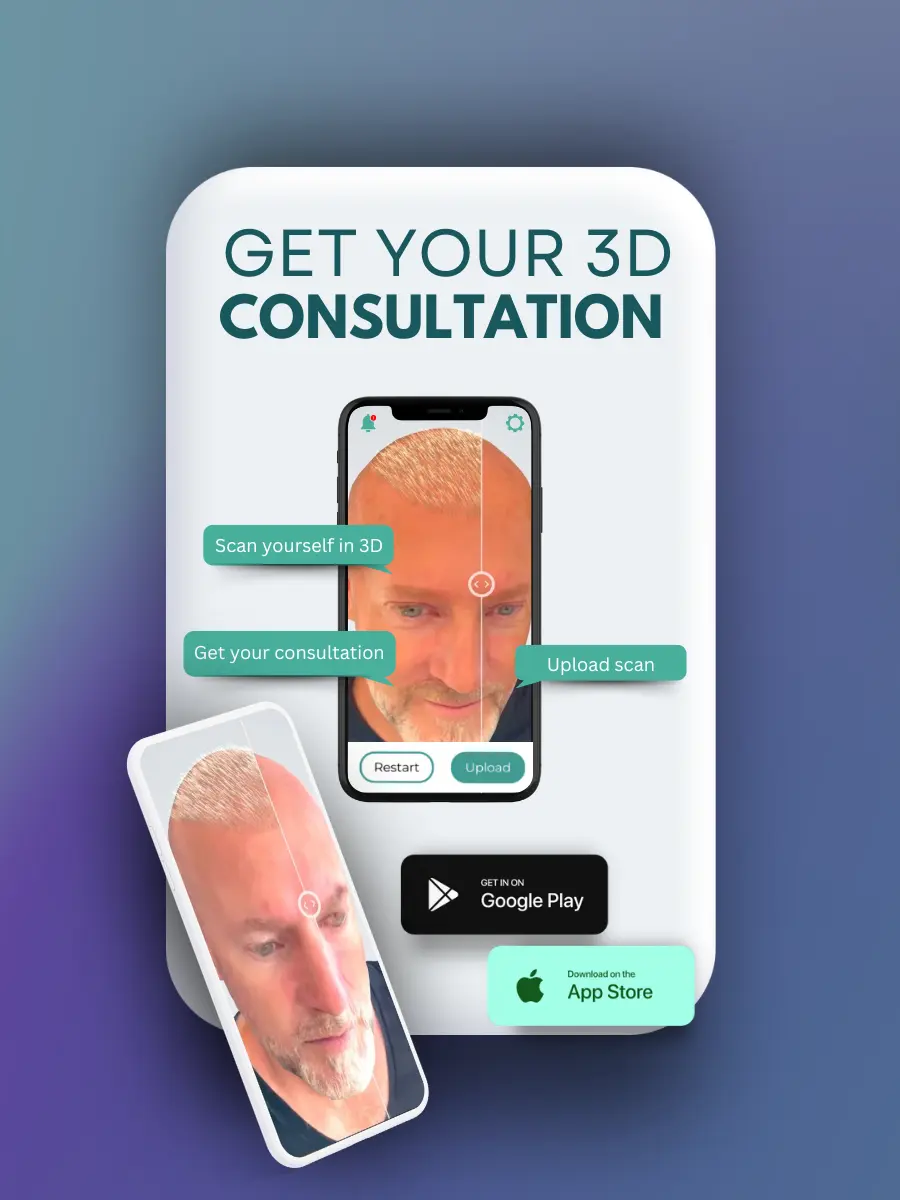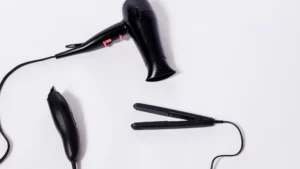Direct Hair Implantation (DHI) is a cutting-edge hair restoration technique that offers a more precise and minimally invasive approach to hair transplantation. Unlike traditional methods such as Follicular Unit Transplantation (FUT) or Follicular Unit Extraction (FUE), DHI emphasizes accuracy in placing hair follicles directly into the recipient area without the need for incisions or stitches.
My name is Emma Wright, your resident hair restoration specialist. Today we’ll be discussing Direct Hair Implantation (DHI) as an advanced hair transplant innovation.
This approach significantly enhances the natural look of the transplanted hair and reduces recovery time, making it an increasingly popular choice for individuals seeking a permanent solution to hair loss.
How Does Direct Hair Implantation (DHI) Work?
The Direct Hair Implantation (DHI) technique involves a series of steps that ensure optimal results for hair transplantation. First, the hair follicles are extracted one by one from the donor area using a specialized tool with a diameter of less than 1 mm. These follicles are then immediately implanted into the balding or thinning areas using a patented DHI implanter pen.
This pen allows for precise control over the depth, angle, and direction of the hair placement, ensuring a natural and dense appearance. For a more customized result, it’s important to consult with an expert to create a suitable hairline design tailored to individual preferences.
The absence of incisions during Direct Hair Implantation (DHI) makes the procedure less traumatic for the scalp. This minimally invasive method not only minimizes pain and discomfort during the procedure but also significantly reduces the risk of scarring.
As a result, the healing process is faster, and patients can return to their daily activities much sooner compared to traditional hair transplantation techniques.
Advantages of Direct Hair Implantation (DHI)
There are several advantages that make Direct Hair Implantation (DHI) stand out as an advanced hair transplant innovation:
- Natural-looking results: One of the main benefits of Direct Hair Implantation (DHI) is the natural appearance it provides. The ability to control the angle, depth, and direction of each implanted follicle ensures that the transplanted hair mimics the hair growth patterns of the surrounding hair.
- Minimally invasive procedure: Because Direct Hair Implantation (DHI) does not require incisions or stitches, the procedure is far less invasive than other hair transplantation methods. This translates to less bleeding, a lower risk of complications, and a shorter recovery period.
- Reduced risk of scarring: The use of fine tools during the extraction and implantation phases of Direct Hair Implantation (DHI) significantly reduces the chances of scarring. This is especially beneficial for patients with short hair or those who prefer a buzz cut, as there are no noticeable scars in the donor or recipient areas.
- Quicker recovery time: Thanks to the minimally invasive nature of Direct Hair Implantation (DHI), the healing process is considerably faster. Most patients can resume their normal routines within a few days after the procedure.
- High graft survival rate: The immediate implantation of follicles during Direct Hair Implantation (DHI) helps maintain the vitality of the grafts, resulting in a higher survival rate compared to other techniques.
Ideal Candidates for Direct Hair Implantation (DHI)
Direct Hair Implantation (DHI) is suitable for individuals experiencing various types of hair loss, including male pattern baldness, thinning hair, and alopecia. The technique is also effective for people seeking to restore hair in other areas, such as the beard or eyebrows.
However, the success of Direct Hair Implantation (DHI) depends on the quality and density of the donor hair, as well as the extent of the hair loss in the recipient area.
Before undergoing Direct Hair Implantation (DHI), candidates should consult with a qualified hair restoration specialist to determine if they are suitable for the procedure.
Factors such as age, hair type, and the underlying cause of hair loss can influence the outcome of the treatment. To optimize results, candidates are advised to follow seasonal hairline care tips that help maintain the transplanted hair’s health and appearance.

The Procedure: What to Expect During Direct Hair Implantation (DHI)
The Direct Hair Implantation (DHI) process typically takes several hours, depending on the number of grafts needed. Patients are usually given a local anesthetic to numb the scalp and ensure a comfortable experience throughout the procedure. Here’s a breakdown of the key steps involved:
- Consultation and planning: The first step is a detailed consultation with a hair restoration specialist who will assess the patient’s hair loss and create a personalized treatment plan. This plan includes determining the number of grafts required and the desired hairline design.
- Extraction of hair follicles: During Direct Hair Implantation (DHI), hair follicles are carefully extracted from the donor area (usually the back or sides of the scalp) using a specialized tool. The follicles are then preserved in a solution to maintain their viability.
- Implantation of hair follicles: The extracted follicles are immediately implanted into the recipient area using a DHI implanter pen. The pen allows the specialist to place each follicle at the precise angle, depth, and direction needed to mimic the natural hair growth patterns.
- Post-procedure care: After Direct Hair Implantation (DHI), patients receive detailed instructions on how to care for their scalp to ensure optimal healing. This typically includes avoiding strenuous activities, direct sunlight, and washing the scalp gently for the first few days.
Recovery and Results of Direct Hair Implantation (DHI)
Patients who undergo Direct Hair Implantation (DHI) can expect a relatively quick recovery compared to other hair restoration techniques. Most individuals experience minor swelling or redness in the treated areas, which typically subsides within a few days.
Hair growth becomes noticeable within a few months, with full results appearing between 12 to 18 months post-procedure.
The success of Direct Hair Implantation (DHI) largely depends on following the post-procedure care guidelines provided by the specialist. It is essential to maintain a healthy lifestyle, avoid smoking, and use prescribed hair care products to maximize the effectiveness of the treatment.
Comparing Direct Hair Implantation (DHI) with Other Techniques
When compared to other hair transplantation methods, Direct Hair Implantation (DHI) offers several unique advantages. While FUT involves removing a strip of skin from the scalp, resulting in a linear scar, DHI leaves no visible scars due to the lack of incisions.
Unlike FUE, which requires the creation of tiny holes in the recipient area before implantation, Direct Hair Implantation (DHI) allows for direct placement of hair follicles, making the process faster and more efficient.
Conclusion
Direct Hair Implantation (DHI) represents a significant advancement in hair transplant innovation, offering a minimally invasive, precise, and effective solution for individuals struggling with hair loss. Its ability to provide natural-looking results with a high graft survival rate has made it an increasingly popular choice worldwide.
Whether seeking to restore a full head of hair, fill in thinning areas, or enhance facial hair, Direct Hair Implantation (DHI) is a reliable and innovative option that continues to reshape the landscape of hair transplantation.














